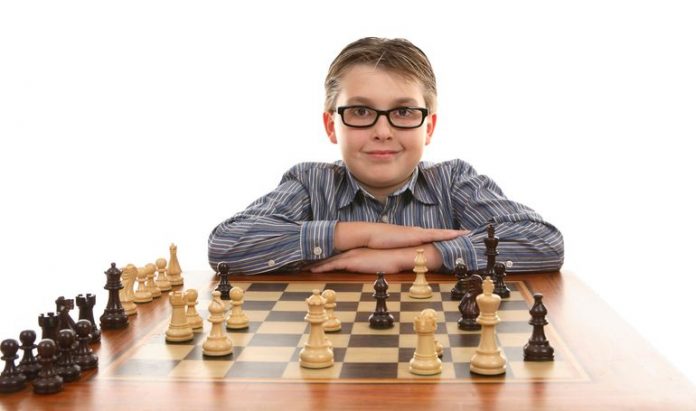Playing chess is a wonderful game that many people around the world play. Most people, just want to play chess for recreation. Some players also love to join their local chess tournaments and join chess clubs where they can play and compete with better players other than themselves.
Although chess is a great game, most people do not have any knowledge of how the principles of chess work other than how to move the pieces and a few rules. Take for example the opening in chess.
The chess opening is very important because it is where you will position your pieces to prepare for the coming middle game. A bad chess opening will lead to a bad position in the middle game which will almost always lead to a loss in the end game and sometimes in the middle game itself.
In chess opening, one has to know the value of centralization. One has to control the four squares that are located in the middle of the chessboard particularly the squares e4, e5, d4, and d5.
The player should control at least two of these squares and should not give more control of the squares to his opponent. Doing so would lead to a bad middle game.
Here are ways on how to control the four central squares:
Do not move any other pawn other than the e-pawn or the d-pawn. Always move it two steps forward, for example from e2 to e4 or from d2 to d4. By placing your pawn on e4, it controls the square f5 and d5 which means that the pieces of the opponent cannot set foot on the squares f5 and d5 without being taken by the pawn standing on the square e4.
If the opponent knight or bishop will land on f5 or d5, the player can take the opponent’s piece and will gain an advantage in the material which could be enough to win the game.
This also applies to the pawn on d4 which controls the squares e5 and c5. Any of the opponent’s pieces landing on these squares will be taken by the pawn.
Do not move the pawns located on the a-file and h-file. This will only weaken your position. Moving any of these pawns will not help in controlling the central squares on e4, d4, e5, and d5.
And besides, the pawns on the a-file and h-file will be more vulnerable to the opponent’s attack once the rooks are being brought to action, leaving the pawns on the a-file and h-file weak.
Do not move the pawn standing on the square f2 if you are handling the white pieces or the pawn on f7 if you handle the black pieces. The pawns on f2 or f7 are only defended by the king.
No other piece is defending it thus if you prematurely move that pawn in the opening, your king will be vulnerable to attack from the h4 square to e1 square if you are white or from the h5 square to e8 square if you are black.
Always remember that the key to centralization is to occupy the central squares with your own pawns. This will give you more space for your pieces to move around later in the middle game and at the same time limiting the space of the pieces of your opponent.

